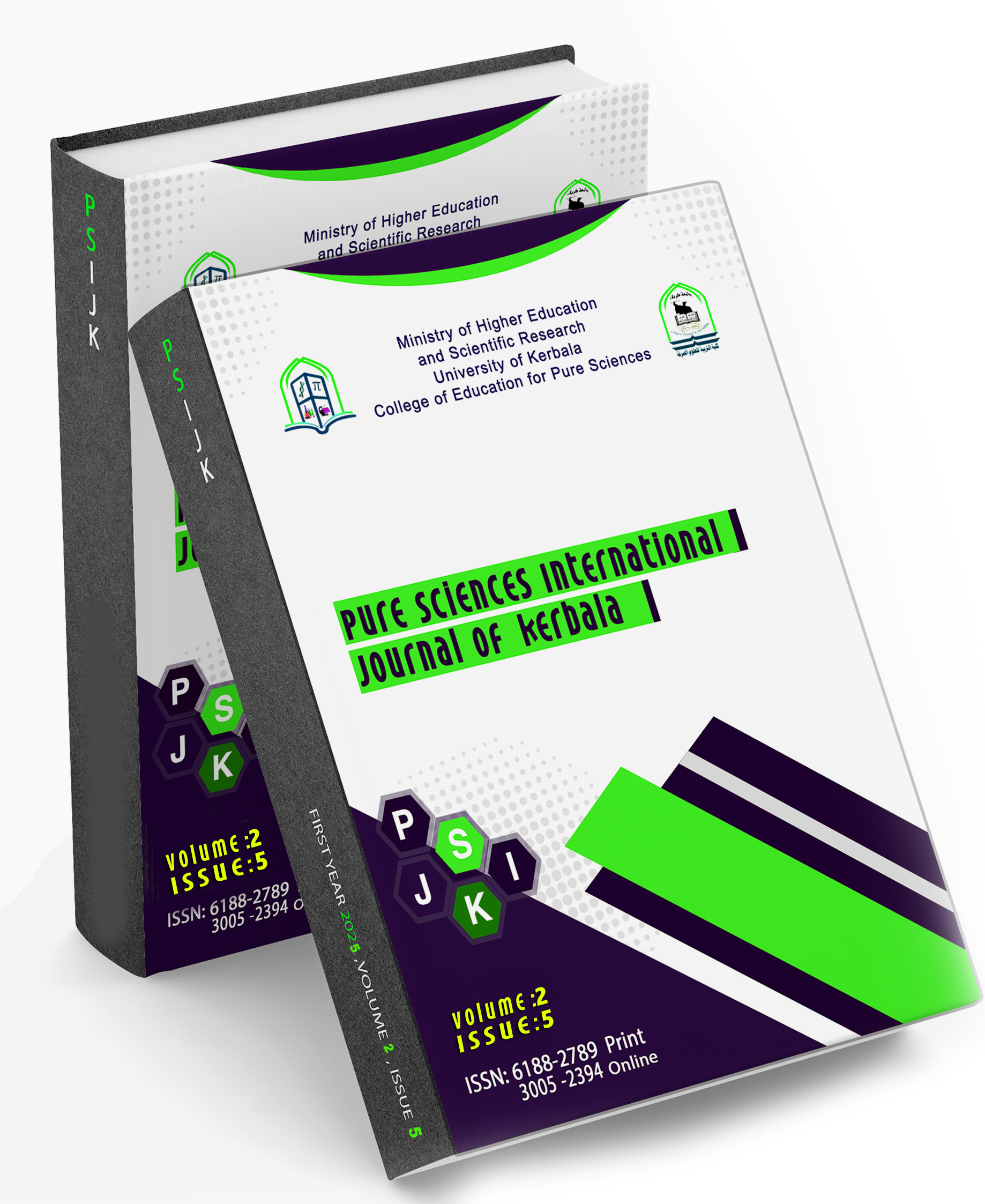A Novel Numerical Method for Resolving the Time-Fractional Equation of Advection, Diffusion, and Reaction
Keywords:
Fractional Differential Equations, Numerical Method, Advection, Diffusion, Reaction Equations, Time Fractional Equations , Numerical Solution , Novel Methodology , Mathematical Modeling , Computational Efficiency , Fractional CalculusAbstract
This study used Lie transformations to provide both numerical and analytical answers for the partial reaction-diffusion-adhesion equations for both time and space. If the balances allowed via the goal calculations permit the determination of Lie transformations, then we can reduce slight fractional variance calculations to normal variance calculations containing fractions. We suggest a different approach to find the numerical and analytical answers beginning from the numerical and analytical answers in the spatio-temporal fractal adhesion-diffusion-interaction model. Recent findings on the adhesion-diffusion interaction equation were obtained by the authors. Separate adhesion-diffusion reaction equations for partial temporal and spatial variables were presented.
The excellent accuracy of the suggested approach makes it a useful instrument for solving a Wide category of fractional differential equation problems. The numerical results show its effectiveness and applicability.





